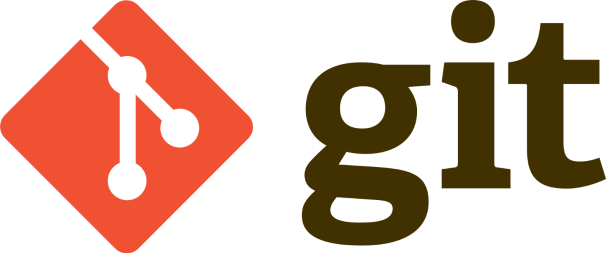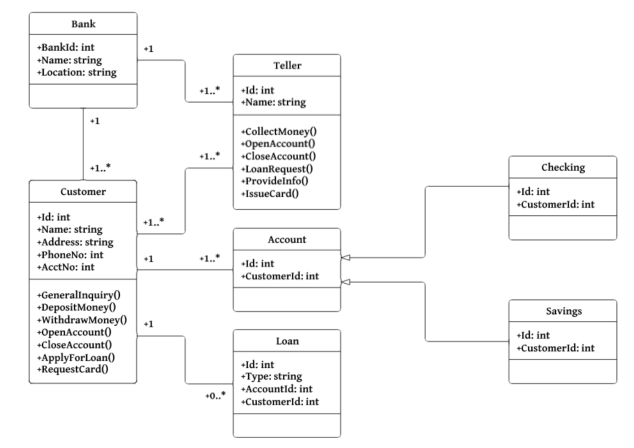--Originally published at Hackerman's house
After reading Ana’s Blog I realized how blogging can become part of our life. It is a tool we use to share our experiences with people we don’t know, but it also can be a place where we are free and can express everything we have inside of us. My personal experience with bloging isn’t as big as Ana’s, but it has been evolving since day 1.
Something important to mention is that my teacher Ken Bauer has given me classes in 4 different semesters, each one has been a little bit different. First semester I had to create a blog for the course and I wasn’t thrilled about it, but after a few days I started messing with the template I was using, the colours and I had a lot of fun doing that, it was a good first experience, at some time I even started using images and gifs to share everything I could about me in there.
In fourth semester I had my worst experience where my blog had to be in Blackboard, that was very boring and didn’t really reflect my personality.
Fifth and six semester were really similar, the thrill about blogging had mostly dissapeared. I enjoy some alone time with my blog, but I rather spend my time doing something else.


















